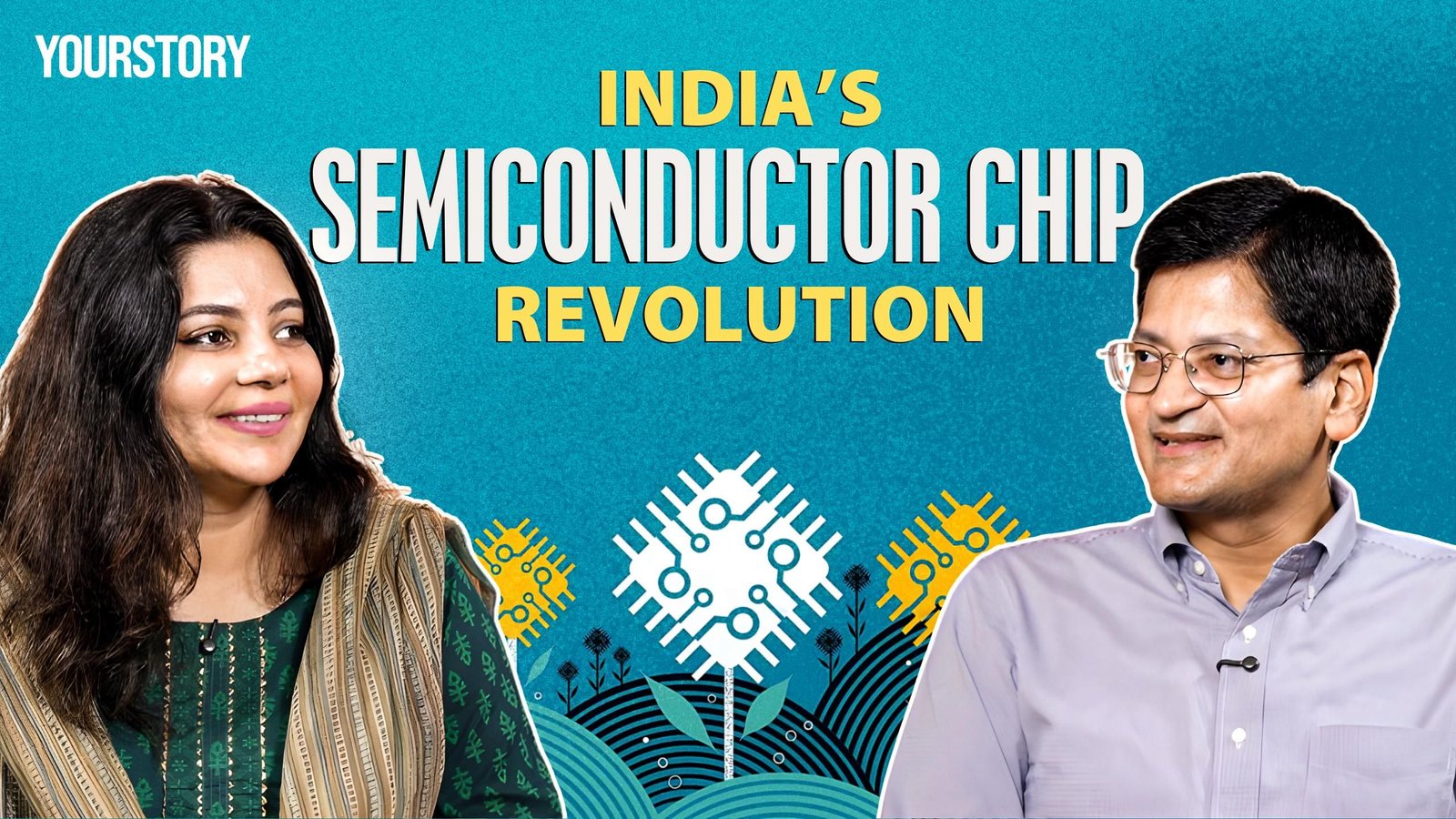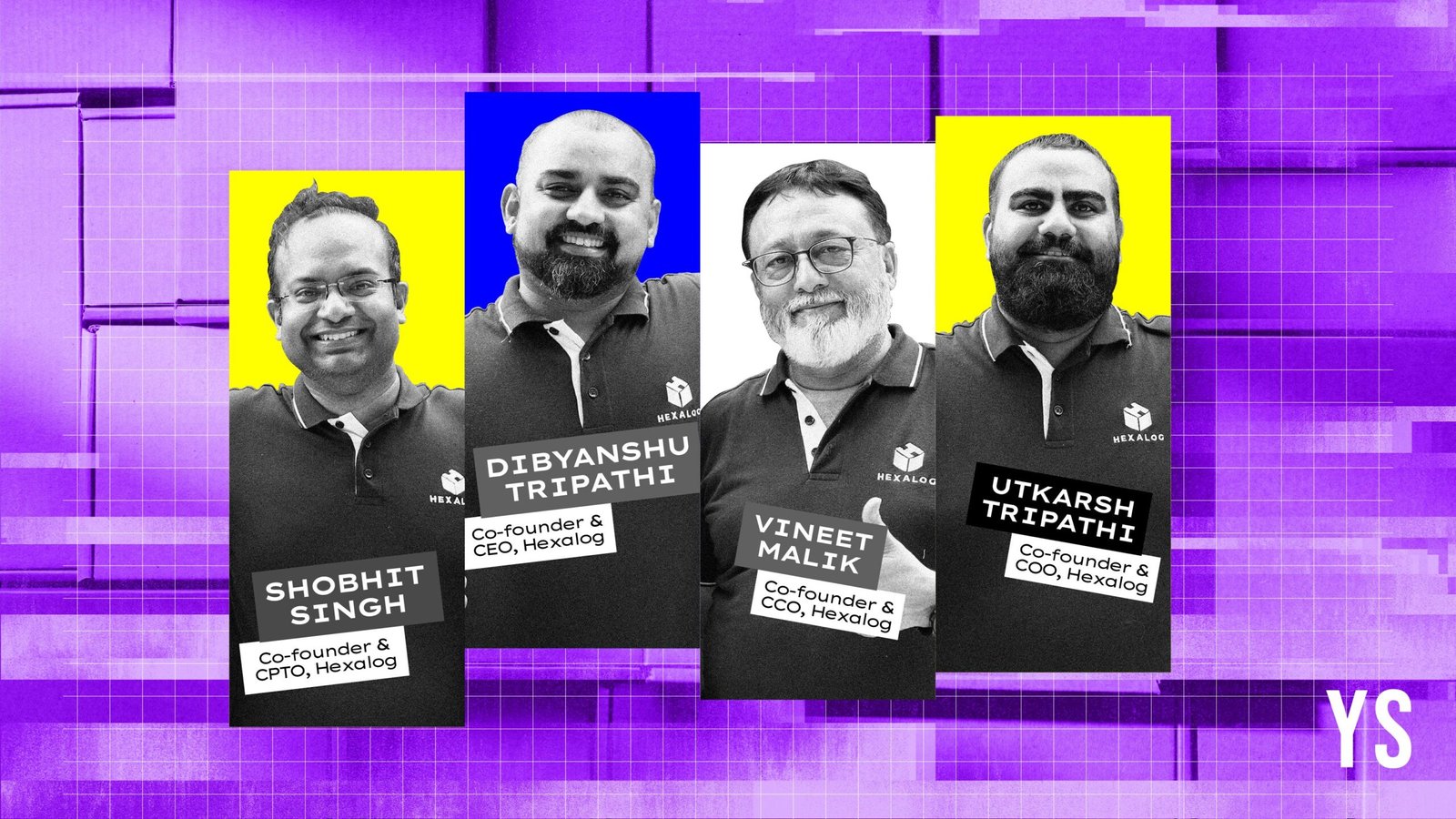‘Indian startups could become the next Qualcomm’: CEO of India Semiconductor Mission


“This is very important for all of us, for our future: SEMICON is happening,” said Amitesh Kumar Sinha, Additional Secretary, MeitY and CEO of India Semiconductor Mission, in a conversation with Shradha Sharma, Founder and CEO of YourStory Media, in the run-up to the conference.
This year, the conference has brought together over 20,000 participants from 48 countries, featuring giants such as ASML, Applied Materials, Lam Research, Tokyo Electron, and Disco. Prime Minister Narendra Modi inaugurated the event on September 2, 2025, and attended CEO roundtables with leaders from participating companies.
SEMICON India 2025 saw participation from over 350 companies from the country pavilions of Singapore, Malaysia, Japan, and South Korea. Six country roundtables brought together policymakers, Indian firms, and global players. “In fact, it became so overwhelming, like a rock concert, that we had to close the registrations,” Sinha added.
The scale of SEMICON India 2025 highlights how far India has come within just four years since PM Modi announced the India Semiconductor Mission on December 15, 2021. “Since then… over these four years, we have made a lot of efforts in this, and now 10 projects have also been successful,” Sinha said.
<div class="externalHtml embed" contenteditable="false" data-val="” align=”center”>
India for the world
When India first proposed hosting SEMICON, industry body SEMI—an association comprising companies involved in electronics design and manufacturing supply chain—was sceptical.
“Initially, SEMI felt that India was not mature enough or ready for it. So, we organised the first and second ones ourselves—the first was in Bangalore (Bengaluru) in 2022, the second in Gandhinagar, Gujarat in 2023,” Sinha recalled.
By 2024, SEMI was convinced of India’s momentum and partnered with the government. Starting last year, India has been organising SEMICON India along with SEMI.
“Semiconductor is a foundation industry. Just like steel… without steel, no structure can be built. Similarly, semiconductors are the foundation of all industries involving electronics… From toothbrushes to defence equipment, satellites, space missions, medical, and heavy industries,” Sinha explained.
He further stressed the strategic urgency, saying, “Without self-reliance here, we will fall behind strategically. Globally, countries impose restrictions because of the race to stay ahead.” India’s policy, therefore, spans design, fabrication, and packaging, alongside chemicals, gases, materials, and equipment that make up 70% of chip value.
Building an ecosystem
“We have just started, with 10 approved projects ranging from fabrication to compound semiconductors to packaging, including advanced packaging. More projects are in the pipeline,” Sinha said.
He also highlighted the key milestones so far: Tata’s approved fab at nodes ranging from 28nm to 110nm, Micron’s packaging facility, alongside eight other packaging projects, and startups in compound semiconductors with state support in Odisha and elsewhere.
At the academic level, he added, the government has rolled out Electronic Design Automation (EDA) tools—traditionally prohibitively expensive—to 280 colleges. “Already 20 student-designed chips have been fabricated and packaged in our Semiconductor Lab at 180nm and distributed. Every two months, new designs are being taped out and packaged,” Sinha said.
India is also leaning heavily on its design advantage. “…20% of global design engineers are Indian, working in big companies. The simplest part is design, and our people are capable. The problem is that companies are not ours. Through startups, we are pushing to create our own. One day, Indian startups could become the next Qualcomm,” Sinha noted.
The government has approved 23 startups under the Chips to Startup programme, while 72 more receive support. It covers up to 50% of expenses from proof of concept to the final stage, with Production-Linked Incentives (PLIs) on commercial sales.
The ‘Lagaan’ moment for India
Despite the buzz, Sinha is careful. He said, “The Semiconductor Mission is not a T20 match, it is a marathon… (a) 10, 20, 30-year journey.” He called it the turning point: “As S Krishnan sir said, we are in a ‘Lagaan moment.’ Taiwan started in the 1960s; we started late but strongly.”
He pointed out that while India has achieved capabilities from 180nm to 28nm, the next frontier will require persistence. For Sinha, who worked at MeitY as Joint Secretary before returning as Additional Secretary, the progress feels personal.
“Earlier attempts failed, but this time, the government has made a comprehensive policy. It is deeply satisfying to see new proposals to target new areas and convince companies that India is ready. Until the mission ‘India Semi’ is completed, we will not rest,” he said.
Edited by Suman Singh
Discover more from News Hub
Subscribe to get the latest posts sent to your email.







